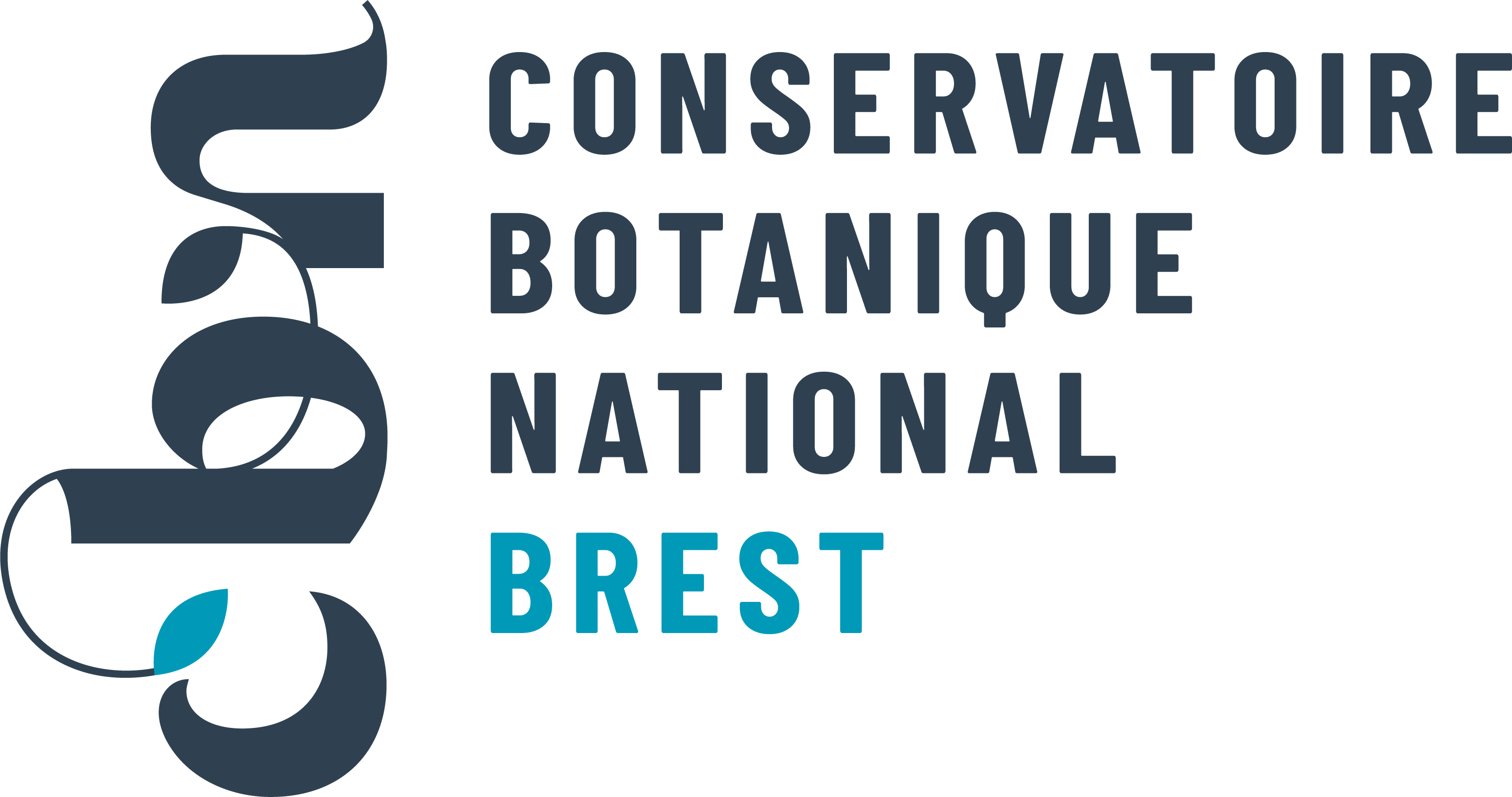Tilleul cordé
Tilia cordata Mill., 1768
- 273 observations
-
133
communes -
49
observateurs
16
organismes -
Première observation
1905 -
Dernière observation
2025
Alençon - Appenai-sous-Bellême - Athis-Val de Rouvre - Aubry-le-Panthou - Aunay-les-Bois - Avernes-Saint-Gourgon - Barville - Bazoches-sur-Hoëne - Beaulieu - Bellême - Bellou-en-Houlme - Berd'huis - Boischampré - Boitron - Bonsmoulins - Bretoncelles - Brieux - Bursard - Carrouges - Ceaucé - Ceton - Chahains - Chailloué - Champeaux-sur-Sarthe - Champosoult - Champsecret - Chaumont - Comblot - Condé-sur-Sarthe - Corbon - Courgeoût - Cour-Maugis sur Huisne - Écorcei - Écouché-les-Vallées - Écouves - Essay - Fontaine-les-Bassets - Francheville - Giel-Courteilles - Gouffern en Auge - Guerquesalles - Héloup - Igé - Joué-du-Bois - Juvigny Val d'Andaine - La Chapelle-Montligeon - La Chapelle-près-Sées - La Chapelle-Souëf - La Chapelle-Viel - La Ferrière-au-Doyen - La Ferté-en-Ouche - La Ferté Macé - La Gonfrière - La Ventrouze - Le Bosc-Renoult - Le Bouillon - Le Chalange - Le Châtellier - Le Mage - Le Mêle-sur-Sarthe - Le Ménil-Bérard - Le Ménil-Broût - Le Pas-Saint-l'Homer - Les Aspres - Les Menus - Les Ventes-de-Bourse - L'Hôme-Chamondot - Lignères - Loisail - Longny les Villages - Lougé-sur-Maire - Magny-le-Désert - Mauves-sur-Huisne - Médavy - Mortagne-au-Perche - Mortrée - Moulins-la-Marche - Moulins-sur-Orne - Neauphe-sous-Essai - Neuilly-le-Bisson - Nonant-le-Pin - Ommoy - Parfondeval - Passais Villages - Perche en Nocé - Planches - Pouvrai - Putanges-le-Lac - Rémalard en Perche - Ri - Rives d'Andaine - Sablons sur Huisne - Saint-Aubin-de-Bonneval - Saint-Aubin-de-Courteraie - Saint-Céneri-le-Gérei - Saint-Cyr-la-Rosière - Saint-Denis-sur-Huisne - Sainte-Céronne-lès-Mortagne - Sainte-Honorine-la-Guillaume - Sainte-Scolasse-sur-Sarthe - Saint-Germain-d'Aunay - Saint-Germain-du-Corbéis - Saint-Germain-le-Vieux - Saint-Gervais-des-Sablons - Saint-Hilaire-le-Châtel - Saint-Hilaire-sur-Risle - Saint-Julien-sur-Sarthe - Saint-Langis-lès-Mortagne - Saint-Mard-de-Réno - Saint-Martin-des-Pézerits - Saint-Ouen-de-Sécherouvre - Saint-Ouen-le-Brisoult - Saint-Ouen-sur-Iton - Saint-Patrice-du-Désert - Saint-Philbert-sur-Orne - Saint-Pierre-d'Entremont - Saint-Pierre-des-Loges - Saint-Pierre-la-Bruyère - Saint-Sulpice-sur-Risle - Sées - Semallé - Sevrai - Suré - Tellières-le-Plessis - Ticheville - Torchamp - Trémont - Val-au-Perche - Vaunoise - Verrières - Villiers-sous-Mortagne - Vimoutiers - Vitrai-sous-Laigle
-
Association Faune & Flore de l'Orne (AFFO)
Participation à 163 Observations
Part d'aide à la prospection : 59.71 %
Fiche organisme
-
PNR et géoparc mondial UNESCO Normandie-Maine
Participation à 146 Observations
Part d'aide à la prospection : 53.48 %
Fiche organisme
-
Conservatoire Botanique National de Brest (CBNB)
Participation à 140 Observations
Part d'aide à la prospection : 51.28 %
Fiche organisme
-
Institut national de l'information géographique et forestière (IGN)
Participation à 21 Observations
Part d'aide à la prospection : 7.69 %
Fiche organisme
-
Muséum national d'Histoire naturelle (MNHN)
Participation à 14 Observations
Part d'aide à la prospection : 5.13 %
Fiche organisme
-
UMS PatriNat (OFB-CNRS-MNHN)
Participation à 12 Observations
Part d'aide à la prospection : 4.40 %
Fiche organisme
-
Institut floristique franco-belge (IFFB)
Participation à 11 Observations
Part d'aide à la prospection : 4.03 %
Fiche organisme
-
Conseil départemental de l'Orne (bureau ENS)
Participation à 10 Observations
Part d'aide à la prospection : 3.66 %
Fiche organisme
-
Ministère de la Transition écologique et de la Cohésion des territoires
Participation à 5 Observations
Part d'aide à la prospection : 1.83 %
Fiche organisme
-
Office national des forêts (ONF)
Participation à 5 Observations
Part d'aide à la prospection : 1.83 %
Fiche organisme
-
Système mondial d’information sur la biodiversité (GBIF)
Participation à 2 Observations
Part d'aide à la prospection : 0.73 %
Fiche organisme
-
Base pour l'inventaire des observations subaquatiques (BioObs)
Participation à 1 Observation
Part d'aide à la prospection : 0.37 %
Fiche organisme
-
Peter Stallegger (Consultant Environnement)
Participation à 1 Observation
Part d'aide à la prospection : 0.37 %
Fiche organisme
-
Habitants-bénévoles
Participation à 1 Observation
Part d'aide à la prospection : 0.37 %
Fiche organisme
Informations espèce
Source : Biodiv'Écrins, Parc national des Écrins
G1.21342 : Eastern Baltic slow river spruce-birch-alder woods
G1.221 : Grandes forêts alluviales médio-européennes
G1.225 : Sarmatic riverine Quercus forests
G1.34 : Forêts galeries riveraines méditerranéennes à Ostrya carpinifolia
G1.6351 : Sub-Pannonic beech forests
G1.6D22 : Dacian hairy sedge beech-hornbeam forests
G1.6E122 : Stranja rhododendron-oriental beech forests
G1.6F : Dobrogea Fagus forest
G1.6G : Crimean Fagus forests
G1.8732 : Wild service tree-oak forests
G1.87331 : Pre-Carpathian chestnut-sessile oak forests
G1.87332 : Illyrian chestnut-sessile oak forests
G1.A16 : Chênaies-charmaies subcontinentales
G1.A18 : Chênaies-charmaies sud-alpines
G1.A1C1 : Dacian oak-hornbeam forests
G1.A1C321 : Pre-Moesian Galium kitaibelianum oak-hornbeam forests
G1.A1C41 : Podolic pedunculated oak-hornbeam forests
G1.A1C42 : Moldavian spindle oak-hornbeam forests
G1.A412 : Forêts de ravin acidophiles à Frêne, Érable sycomore et Tilleul
G1.A44 : Ormaies-chênaies pyrénéo-cantabriques
G1.A45 : Forêts thermophiles mixtes alpines et périalpines à Tilia
G1.A52 : Sub-boreal Tilia forests
G1.A54 : Trans-Volgan Tilia forests
G1.A55 : Crimean Tilia forests
G3.A1 : Vaccinium myrtillus western Picea taiga
G3.A22 : Tall fern western spruce taiga
G3.A3 : Small-herb western Picea taiga
G3.A4 : Tall-herb western Picea taiga
Répartition actuelle en France métropolitaine
© INPN - Avertissement : les données visualisables reflètent l'état d'avancement des connaissances et/ou la disponibilité des données existantes au niveau national : elles ne peuvent en aucun cas être considérées comme exhaustives.
Répartition actuelle dans le monde
Avertissement : les données visualisables reflètent l'état d'avancement des connaissances et/ou la disponibilité des données existantes au niveau mondial : elles ne peuvent en aucun cas être considérées comme exhaustives.












